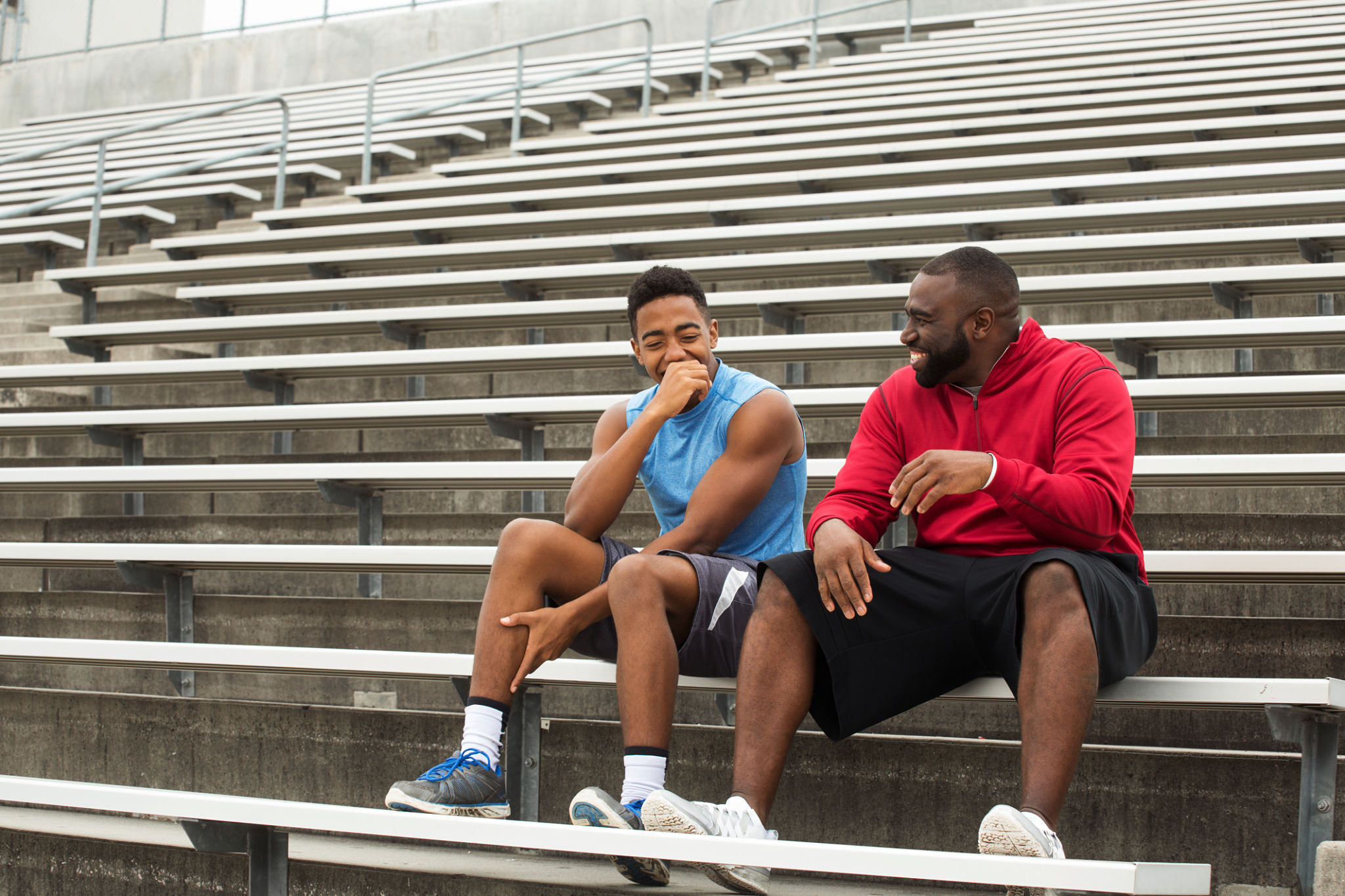Myths About Sports Recruitment Debunked
Understanding Sports Recruitment
Sports recruitment is an essential process for athletes looking to advance their careers, particularly in collegiate and professional arenas. However, there are numerous myths surrounding this process that can mislead aspiring athletes and their families. Understanding the reality of sports recruitment is crucial for making informed decisions and devising effective strategies.

Myth 1: Only Elite Athletes Get Recruited
A common misconception is that only top-tier athletes receive attention from recruiters. While it's true that standout performances can attract interest, sports recruitment encompasses a wide spectrum of talent levels. Coaches often seek diverse skill sets and potential, recognizing that athletes can develop significantly over time. Recruiting is about finding the right fit for both the athlete and the program, not just about raw talent.
Myth 2: High School Coaches Handle the Recruitment Process
Many believe that their high school coach will take care of the recruitment process entirely. While coaches can provide valuable support, athletes and their families must actively participate in this journey. Creating highlight reels, reaching out to college coaches, and attending showcases are some actions athletes should take to increase their visibility and opportunities.

Myth 3: Scholarships Are Guaranteed for All Recruits
Another widespread myth is that being recruited automatically means receiving a scholarship. In reality, not all programs have the budget to offer full scholarships, and some may not offer any financial aid at all. Understanding the distinction between athletic scholarships, academic scholarships, and financial aid packages is crucial for planning and managing expectations.
Myth 4: Recruitment Happens Only During Senior Year
Some athletes and families mistakenly believe that recruitment activities begin in earnest only during an athlete's senior year of high school. In truth, recruitment can start as early as freshman or sophomore year. Early exposure to coaches through camps, tournaments, and online platforms can be beneficial. Athletes should maintain consistent communication with potential programs to keep their interest alive throughout high school.

Myth 5: Online Presence Doesn’t Matter
In today's digital age, having a strong online presence is more important than ever. Some believe that coaches only rely on live game performances; however, many recruiters look at social media profiles and online portfolios to gauge an athlete's personality and potential fit for their team. Presenting oneself positively online can enhance recruitment prospects significantly.
Myth 6: All Sports Are Recruited Equally
It's easy to assume that all sports are treated equally in the recruitment process, but this is far from true. The popularity of a sport, the number of available programs, and the level of competition all influence how recruitment is conducted. For example, sports like football and basketball often have more visibility compared to less mainstream sports.
Debunking these myths is essential for athletes aiming to navigate the recruitment landscape successfully. By understanding the realities of sports recruitment, athletes can better position themselves to seize opportunities and make informed decisions about their future athletic careers. Whether it's by starting early, maintaining a robust online presence, or actively participating in the recruitment process, being proactive is key to unlocking potential pathways in sports.
